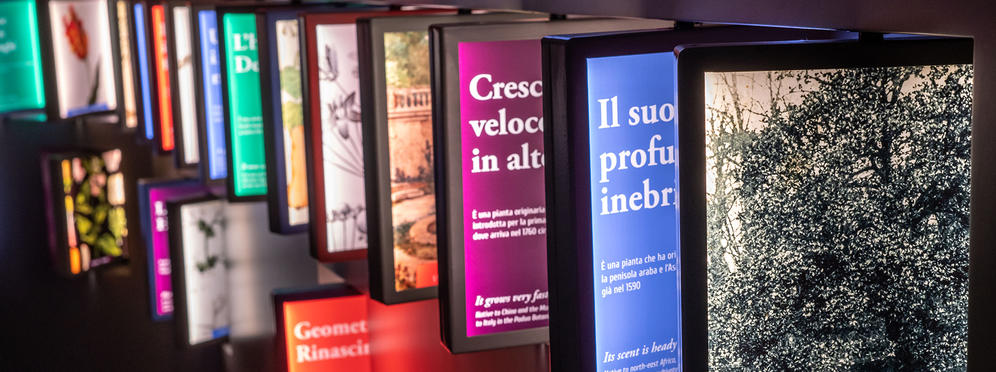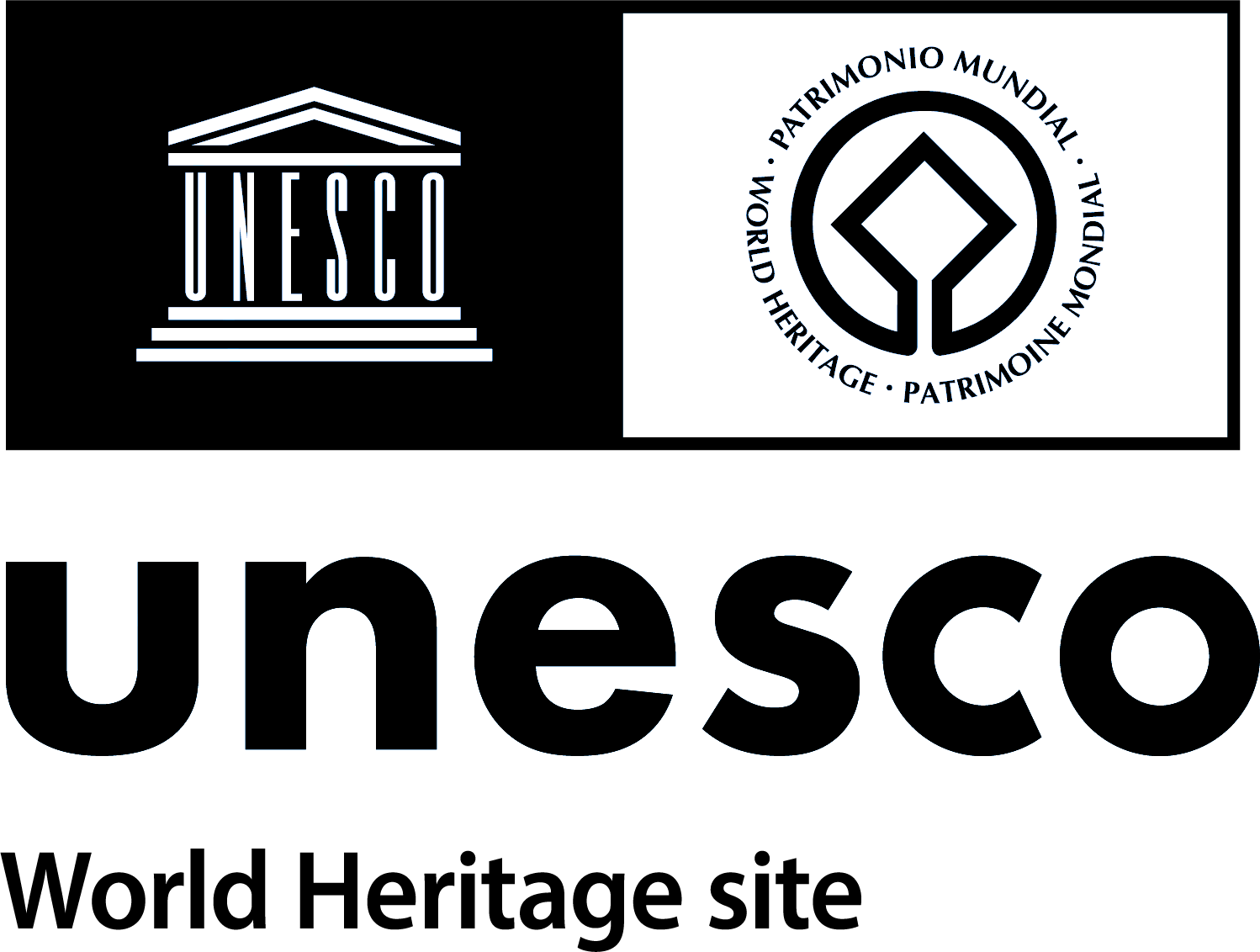The Botanical Museum
The new exhibition centre where you can discover the history of the Botanical Garden, its plants and the people who collected them

The Renaissance Garden and Biodiversity Garden are joined by a new exhibition centre - inaugurated in February 2023 - where a significant selection of the University of Padua’s historical heritage, until now employed principally for research and teaching purposes and not open to visitors, is presented to the public for the first time. Between botany and medicine, those visiting the Museum can discover the history of the Botanical Garden, its plants and the people who collected them, in a journey through the centuries, from when it was founded to cultivate and study medicinal plants up to the 20th century.
Of particular interest among the botanical collections featured, dating mainly from the 19th and early 20th centuries, is the historical herbarium, an extraordinary archive of plant biodiversity with around 800,000 specimens of dried plants, algae, fungi and lichens, together with 16,000 phials containing the seeds of food, medicinal and ornamental species, illustrative plates from the 19th century, models of fungi and cross-sections of woods.The exhibition is opened by the Erbario assoluto (Universal herbarium), a work by fuse* that reinterprets the botanical illustrations and historic herbaria of Padua Botanical Garden,
seeking out the essence of the plant and its metamorphoses. The images are processed making use of machine learning algorithms, which trace the recurring and salient features of leaves and flowers,
capturing their similarities and differences, resulting in an installation that brings together human sensitivity and artificial intelligence and offers a new look at the plant world.
As they pass through the 500 square metre area curated by scientific director Elena Canadelli, visitors also encounter a chaste tree dating back to the end of the 16th century and first editions of volumes that have written the history of botany and medicine (from Vesalius to Mattioli, Berengario da Carpi and Alpini). After almost 500 years since its foundation, the Botanical Garden now also hosts the dispensary the physician Francesco Bonafede would have liked to see active as early as 1545. This late 18th century pharmacy was donated to the University by the pharmacist Giuseppe Maggioni, with its instruments, preparations and medicines spanning at least three centuries of pharmaceutical and medical history. An immersive environment where visitors can discover the apothecary’s everyday life through a video.
The exhibition illustrates the Botanical Garden’s rich network of plant and seed exchanges, making it an important centre for the introduction and cultivation of medicinal, food and ornamental plants from various parts of the world. Visitors can retrace the story by admiring the herbarium collections, but also through interactive experiences such as Botany without frontiers, where they encounter people and places, and the Illustrated history, which retraces the history of medicine and botany in 12 stages, also including Padua, or the game that encourages them to guess the plants introduced to Italy for the first time and the protagonists from Padua whose names are still today borne by entire genera of plants dedicated to them.
In the recently restored Botanical Theatre visitors can enjoy the film Goethe. The life of leaves, written and directed by Denis Brotto. The great German artist, played by Giulio Casale, ideally returns to Padua in 2023: an occasion to think back to its Italian journey (1786-1788) and most of all to the origin of his famous essay The metamorphosis of plants, published in 1790.
The Museum helps visitors bring together the most important elements of the Botanical Garden, broadening their view to also include the history of botany and medicine, getting to know the protagonists and discovering more about the dialogue between the Renaissance geometries of the Historical Garden, the greenhouses of the Biodiversity Garden inaugurated in 2014 and the rich heritage of archives and books preserved on the first floor of the building in the new “Vincenzo Pinali and Giovanni Marsili Historic Library of Medicine and Botany”.
Le traduzioni dei testi dedicati al Museo botanico sono finanziate all'interno del progetto "I nuovi percorsi di visita all'Orto Botanico di Padova, dove la storia e la scienza si incontrano". Progetto finanziato a valere sui fondi Legge 20 febbraio 2006, n.77 "Misure speciali di tutela e fruizione dei siti e degli elementi italiani di interesse culturale, paesaggistico e ambientale, inseriti nella 'lista del patrimonio mondiale', posti sotto la tutela dell'UNESCO". / Project funded by Law n.77, 20 February 2006 "Special measures for the protection and use of Italian sites and elements of cultural, landscape and environmental interest, included in the World Heritage List', placed under the protection of UNESCO".
![]()






